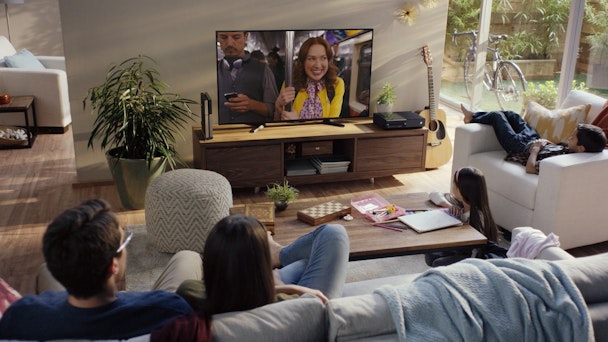Can Netflix continue to chill if it begins showing ads?
Netflix is making some major changes to its business model, experimenting with promoting trailers for other Netflix content between series, as well as subscription methods. Is Netflix ensuring its longevity or taking its user base for granted?

Netflix currently monetises its app through in-app subscriptions which flow through the app stores. The app is free to download, but a user must sign-up to a monthly subscription to access content. Its move to disable billing through the Apple App Store means users will be redirected to a mobile web version of the app to set up payment. It might seem like a logical step for a business that dominates the streaming industry.
According to App Annie data, Netflix was the second most downloaded entertainment app by iOS and Google Play combined in Q2, and the number one entertainment app by consumer spend. However, the onboarding experience can be make or break for an app. If it isn’t a seamless process, users will have very little motivation to continue. The app stores are a crowded market and every additional hoop you make a user jump through – such as rerouting users to a web signup page where your credit card credentials aren’t preloaded – reduces the likelihood they will convert.
Netflix has seen phenomenal success having its subscriptions route through the app stores historically. Avoiding the 30% and 15% app store cut, allows Netflix to get 100% of the revenue from in-app subscriptions. However, evaluating lost revenue from customers who don’t subscribe due to the additional hurdles, is what remains to be determined.
It’s not just good content that keeps Netflix in the number one spot, it’s an understanding of user behaviour, diminishing pain points and maintaining users’ attention. Netflix excels at understanding people’s habits - from the types of shows they like to watch, to what might peak their interest from the range of upcoming new content. It’s built a brand on making life as easy as possible for its users. Whether it’s autoplaying the next episode in a series or curating the best tailored content for each profile in the account, Netflix knows how to keep you sucked in and glued to the screen.
The lucrative media streaming app has been hailed as the new TV, replacing ‘event television’ and normalising the phenomenon of ‘binge-watching’. Netflix’s promotional videos are not direct advertising commercials (as seen on traditional cable TV) but rather ‘promotional videos’ designed to give users a ‘richer’ experience by promoting other content on the service. While any friction risks pulling users out of this entertainment reverie, it’s nothing that other premium streaming services like BBC iPlayer aren’t already doing. It also helps to bridge the content discovery challenge, lining up new shows for users to delve into once they’ve binged on the latest drama series.
The perceived value of a streaming service is often a mixture of content, price and overall experience. Does the service have the breadth and quality of content the user is interested in? Is it a reasonable price reflective of the value a user receives? Can a user easily locate and discover what they are interested in? Is there a good cadence of new content that suits the user’s interests? Are there viewing interruptions, how frequent are they and do they add or diminish the value of a user’s content viewing experience? If users see more content they’d like to watch - and are already paying for - it’s far removed from the friction of commercial advertising.
Globally, mobile has become the first screen, and historically Netflix has been a top-ranking app for both downloads (a measure of demand) and consumer spend (a reflection of value). Ultimately, any app wants to introduce features that increase engagement, delight users and encourages them to continue with the service. However, users won’t value an app on promotional videos alone; it’s the overall experience that counts. Perhaps Netflix offers a good enough experience for users to put up with minor friction points. This is when industry competition - or lack thereof - plays a key role.
Paul Barnes, Regional Director at App Annie
